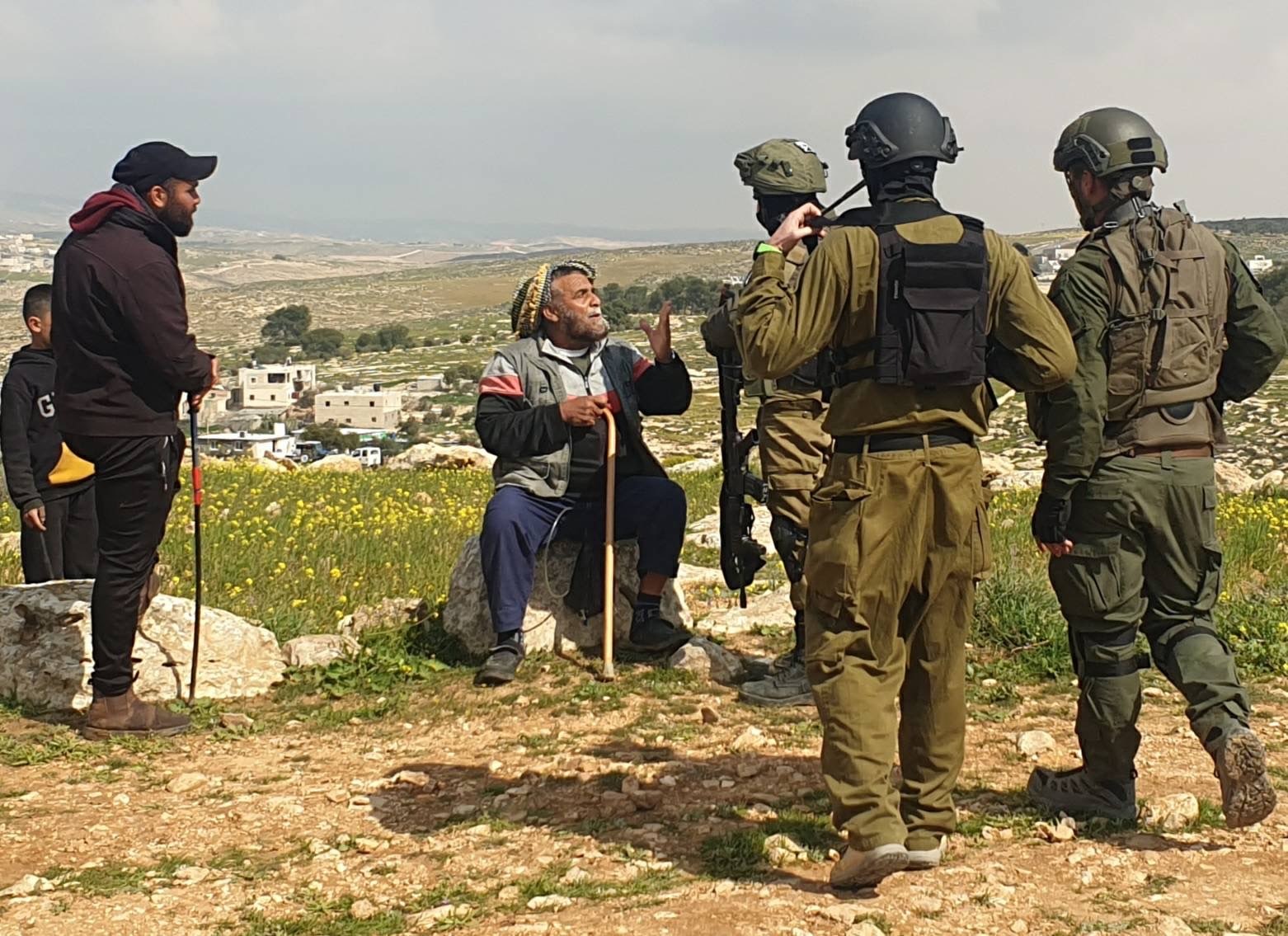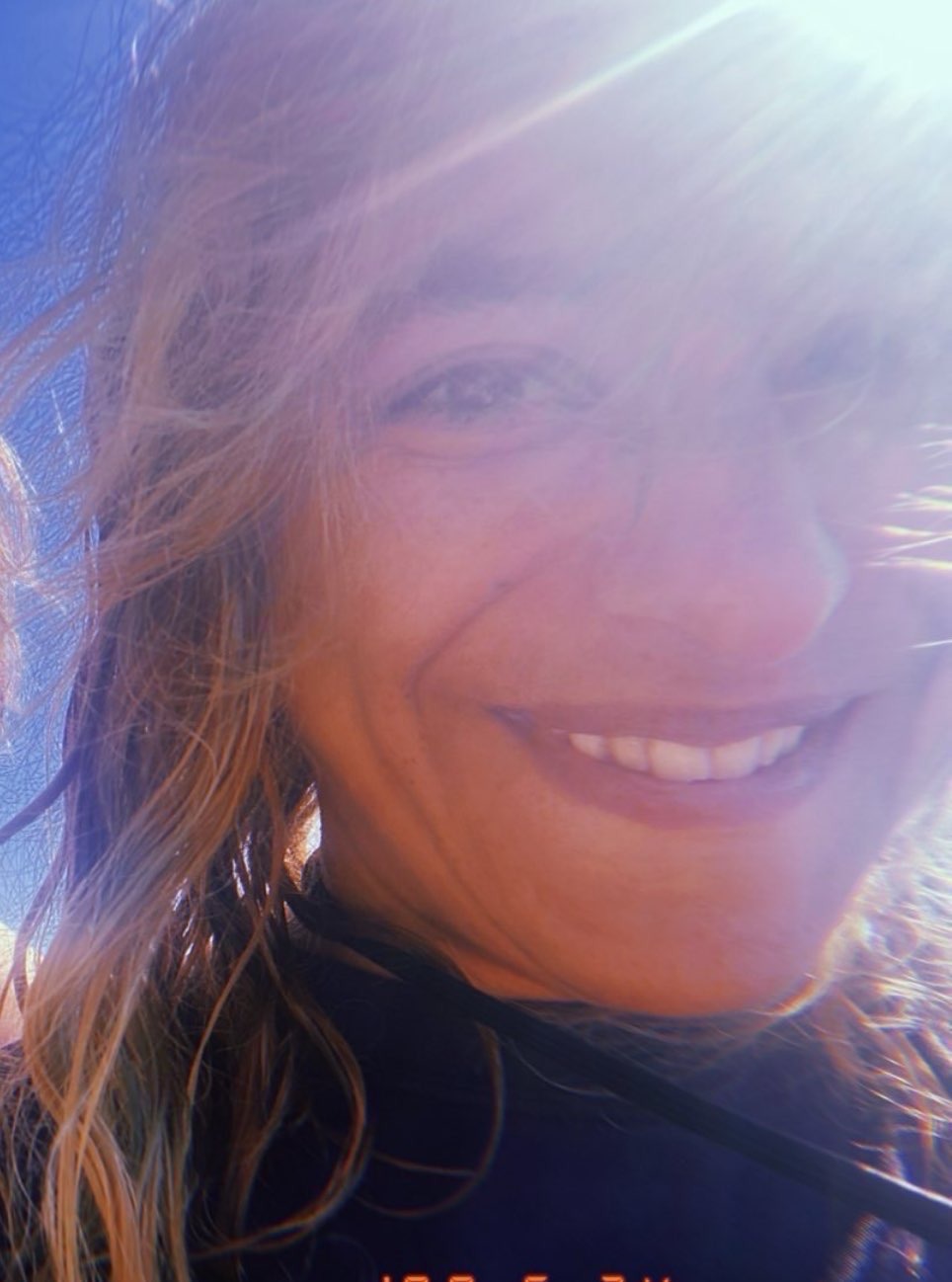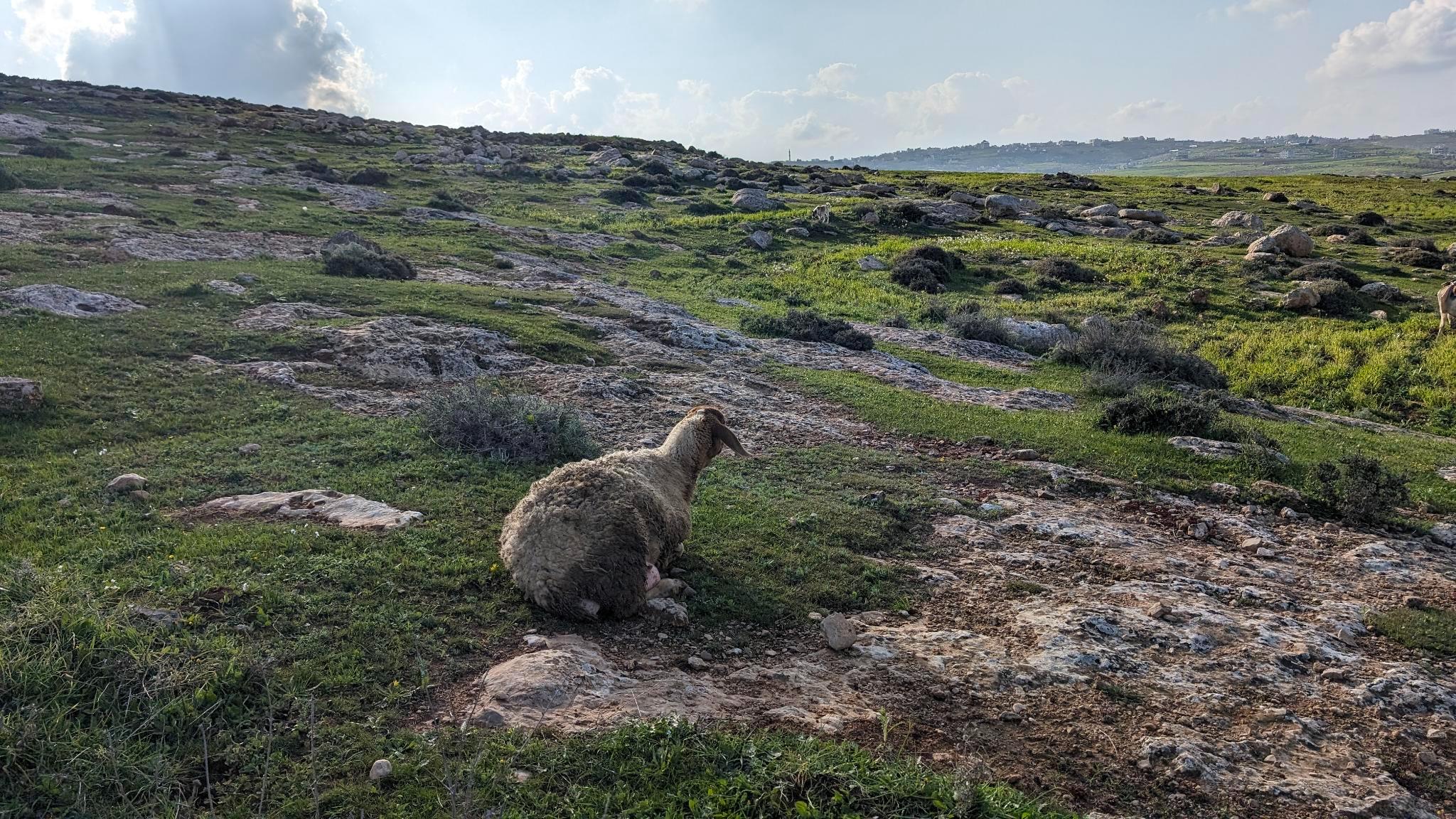Author: ISM Media
-
More Attacks on Shepherds in Masafer Yatta
24 February 2024 | International Solidarity Movement | Masafer Yatta On Wednesday, February 21st, a group of armed and masked settlers and occupation army soldiers violently attacked a group of Palestinian women, children and men grazing their sheep in Humra close to A-Tuwani, in Masafer Yatta. The soldiers aggressively drove the shepherds out of their…
-
Swedish Human Rights Defender on Hunger Strike after Denied Entry and Detained by Israeli Authorities
23 February 2024 | International Solidarity Movement | Tel Aviv Tel Aviv, February 21, 2024 – Israeli authorities at Tel Aviv’s Ben Gurion airport have denied entry to a Swedish foreign national and Palestinian human rights defender arbitrarily citing “Public security or public safety or public order considerations”. Samira Khoshbakht, 42, a textile artist and craft…
-
Illegal Settlers Attack Shepherding family in Masafer Yatta
21 February 2024 | International Solidarity Movement | Masafer Yatta On Tuesday, February 20th, armed illegal Israeli settlers attacked a shepherding family and their sheep near the villages of Al Jawaya and Tuwani, in Masafer Yatta. The settlers reportedly let their dog loose on the sheep, injuring three, discharged a weapon, and hit a child.…



